
 Download
Download
 Search...
Search...
 Download
Download
 Search...
Search...The safety of human life is one of the most important bottom lines in the working life of modern society. With the dangerous and bad office environment constantly threaten people's physical and mental health. The design and production of protective clothing is also improving day by day. In order to minimize the negative impact of harmful factors on the body, the advent of disposable hooded coveralls has become a reliable barrier against toxic substances, viruses and bacteria!
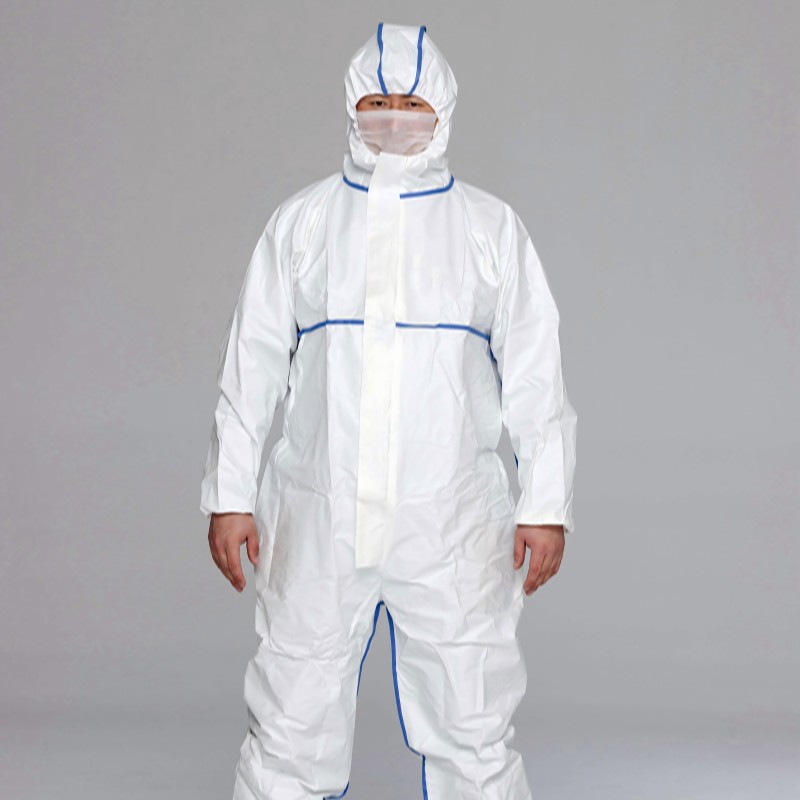
Disposable hooded protective clothing is a kind of protective work clothes, the material of modern protective clothing is mostly non-woven, this material is light and tough, and can also be added on the basis of non-woven fabric breathable film, lined with lead layer and other processes to cope with the needs of the unnecessary working environment. Make it meet the protection standards of solid particle protection, liquid sputtering protection, radioactive pollution protection, anti-static protection and anti-infection protective clothing.

The highest level of protection against vapors, gases, mists, and particles is Level A, which consists of a fully encapsulating chemical entry suit with a full-facepiece self-contained breathing apparatus (SCBA). A person must also wear boots with steel toes and shanks on the outside of the suit and specially selected chemical-resistant gloves for this level of protection. The breathing apparatus is worn inside (encapsulated within) the suit. To qualify as Level A protection, an intrinsically safe two-way radio is also worn inside the suit, often incorporating voice-operated microphones and an earpiece speaker for monitoring the operations channel.
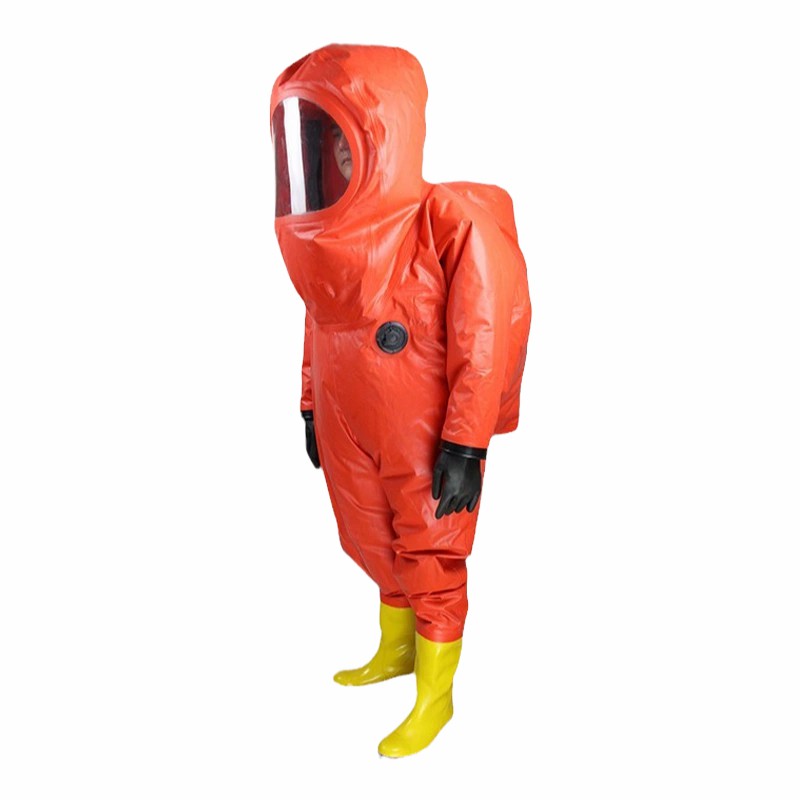
Level B protection requires a garment (including SCBA) that provides protection against splashes from a hazardous chemical. Since the breathing apparatus is sometimes worn on the outside of the garment, Level B protection is not vapor-protective. Level B suits can also be fully encapsulating, which helps prevent the SCBA from becoming contaminated. It is worn when vapor-protective clothing (Level A) is not required. Wrists, ankles, facepiece and hood, and waist are secured to prevent any entry of splashed liquid. Depending on the chemical being handled, specific types of gloves and boots are donned. These may or may not be attached to the garment. The garment itself may be one piece or a two-piece hooded suit. Level B protection also requires the wearing of chemical-resistant boots with steel toes and shanks on the outside of the garment. As with Level A, chemical-resistant gloves and two-way radio communications are also required.
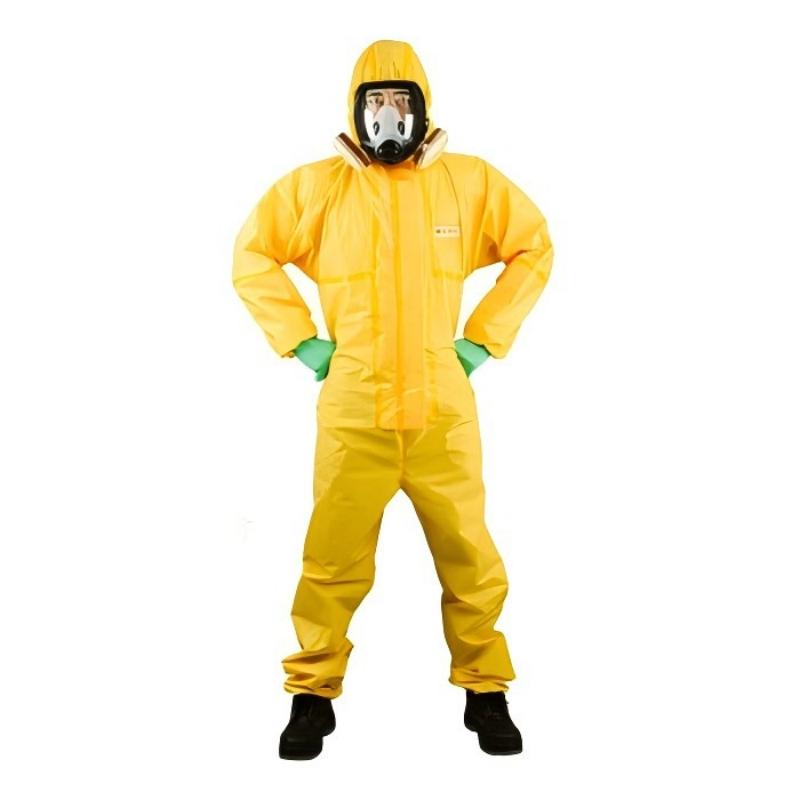
Level C protection differs from Level B in the area of equipment needed for respiratory protection. The same type of garment used for Level B protection is worn for Level C. Level C protection allows for the use of respiratory protection equipment other than SCBA. This protection includes any of the various types of air-purifying respirators. People should not use this level of protection unless the specific hazardous material is known and its concentration can be measured. Level C equipment does not offer the protection needed in an oxygen deficient atmosphere.
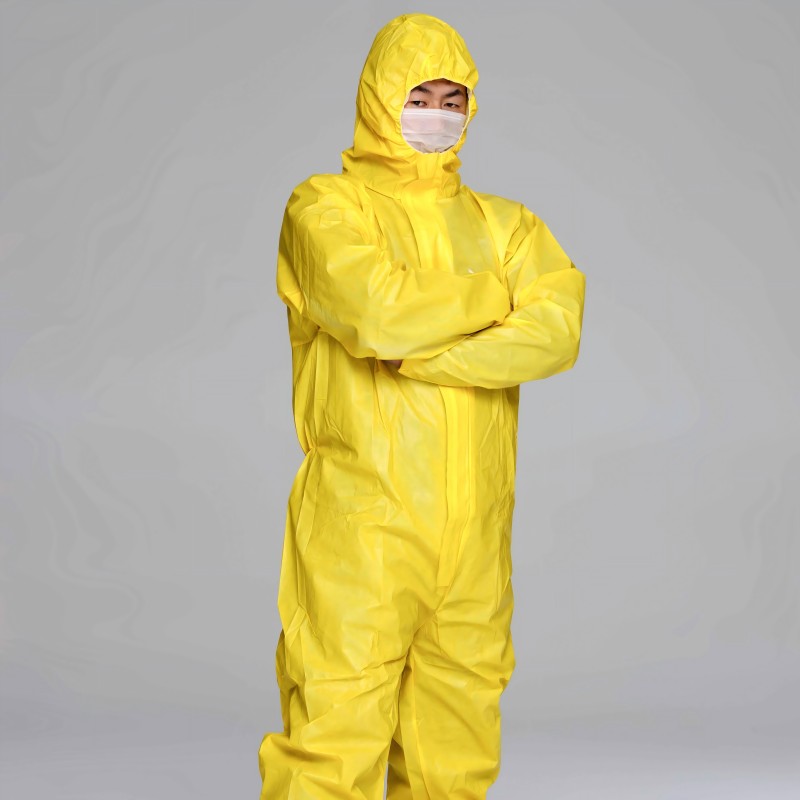
Level D protection does not protect the person from chemical exposure. Therefore, this level of protection can only be used in situations where a person has no possibility of contact with chemicals. A pair of coveralls or other work-type garment along with chemical-resistant footwear with steel toes and shanks are all that is required to qualify as Level D protection. Most firefighter turnout gear is considered to be Level D.
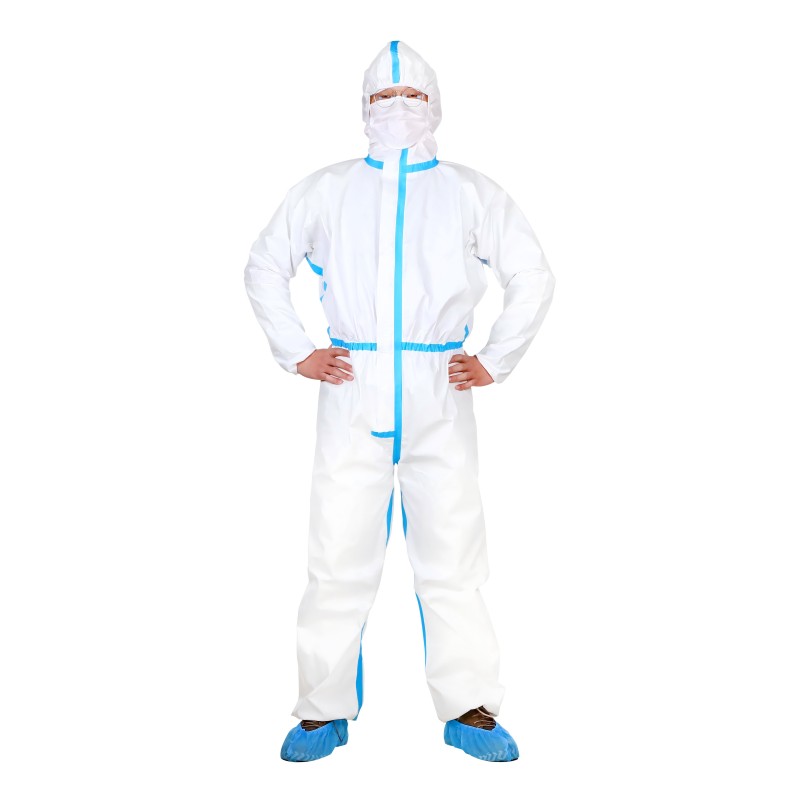
We can combine their own living and working environmental needs and the United States, Europe protective clothing standards to choose their own protective clothing.
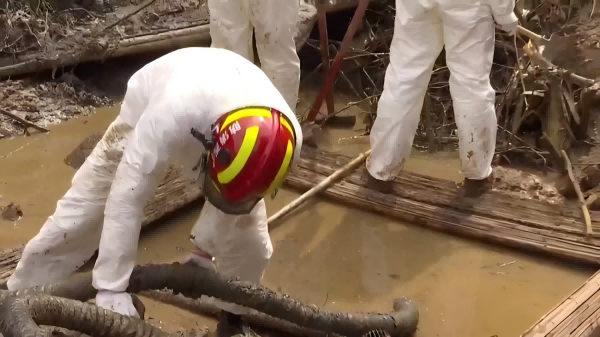
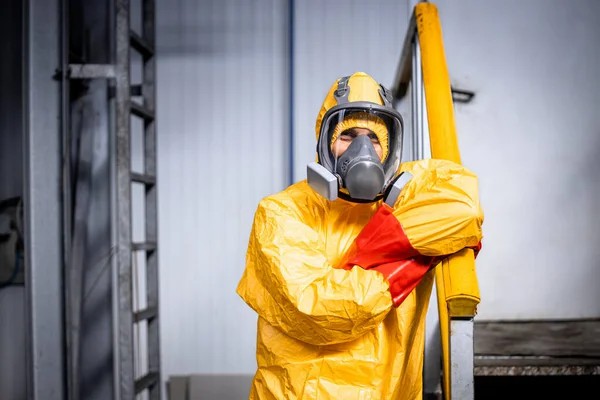
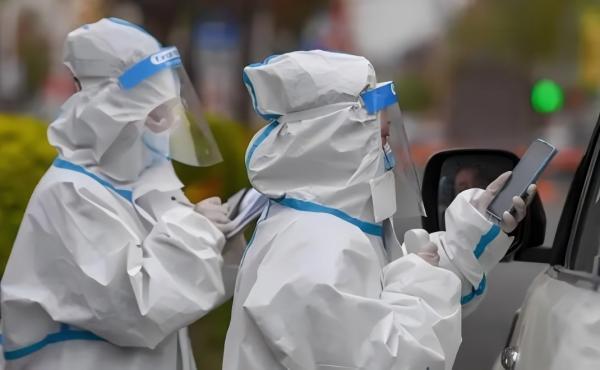
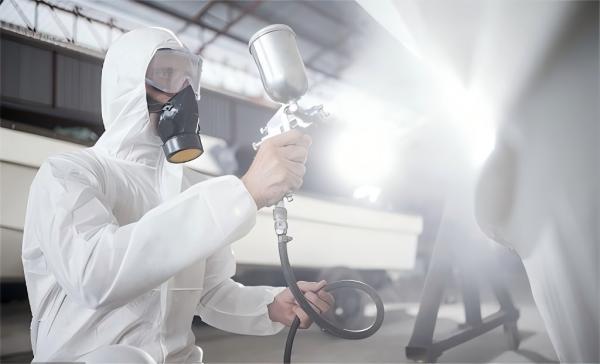
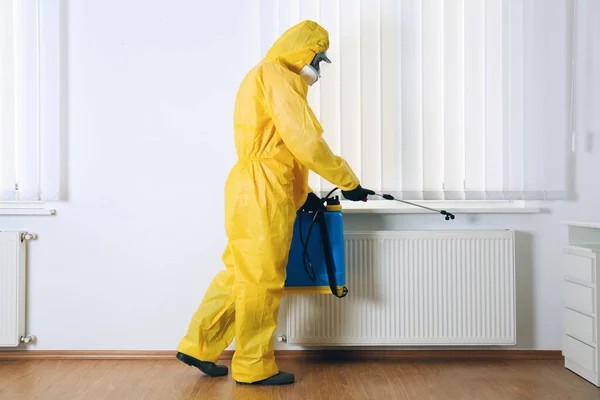
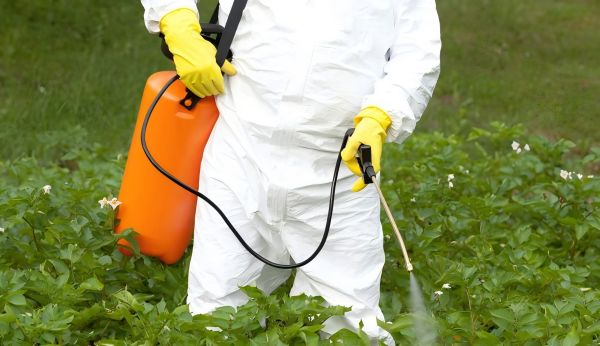
On the other hand, the application field of disposable protective clothing will be further expanded. In addition to the traditional medical, chemical, construction and other fields, with the increasing concern for environmental protection and ecological safety, the application of disposable protective clothing in environmental protection, agriculture, and other fields will gradually increase.
For example, in the field of environmental protection, coveralls can be used to deal with hazardous substances and waste; In the field of agriculture, it can be used to prevent the infringement of pesticides and other harmful substances.
At the same time, national standards organizations are also strengthening exchanges and cooperation to jointly develop more unified and more stringent international standards to promote the healthy development of the disposable protective clothing industry. By strengthening the mutual recognition and docking of international standards, it can promote the opening and circulation of the global protective clothing market, and provide more cooperation and development opportunities for enterprises in various countries.